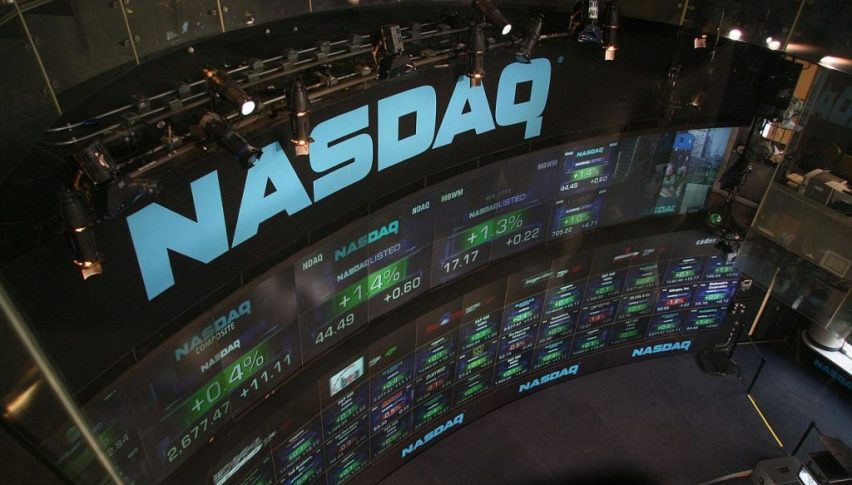Wall Street Closes Mostly Lower as Tech Stocks Stumble at Start of Second Half
The U.S. is reportedly aiming for “agreements in principle” on limited issues with select countries to avoid punitive tariffs.

Quick overview
- Markets ended mixed on July 1, with the Dow Jones rising while the S&P 500 and Nasdaq Composite fell.
- Recent U.S.–China trade deal announcements have raised hopes for more agreements, but negotiations with Japan remain challenging.
- The Federal Reserve maintained its interest rate amid uncertainties related to Trump's tariff policies.
- The Senate has begun debating Trump's tax cut bill, which could increase the federal deficit by approximately $3.3 trillion over the next decade.
Markets ended mixed on Tuesday, July 1, pulling back from record highs as major tech stocks faltered at the start of the second half of the year. Investors weighed recent developments in U.S. trade and fiscal policy, alongside uncertainty over the progress of international trade agreements.

The Dow Jones Industrial Average rose 0.91% to 44,495.06 points, while the S&P 500 dipped 0.12% to 6,197.24. The tech-heavy Nasdaq Composite led the losses, falling 0.82% to 20,202.89.
Trade Deals in Focus
Last week’s announcement of a U.S.–China trade deal, along with Canada’s decision to withdraw its digital services tax on tech companies just hours before implementation, boosted hopes that more agreements could be finalized before the July 9 deadline.
However, a deal with Japan is proving more difficult. According to the Financial Times, Trump administration trade officials are now pursuing narrower, more restrictive agreements in an effort to secure quick wins before the reimposition of reciprocal tariffs. Those tariffs could reach as high as 50%.
The U.S. is reportedly aiming for “agreements in principle” on limited issues with select countries to avoid the full reapplication of punitive tariffs. These piecemeal agreements mark a retreat from President Trump’s original pledge to finalize 90 comprehensive trade deals during a 90-day tariff pause that began on April 2.
While these deals may exempt countries from the most severe duties, a baseline tariff of 10% would remain in place as broader negotiations continue.
Trump Renews Attacks on Powell
The Federal Reserve held its benchmark interest rate steady at a target range of 4.25%–4.5% following its two-day policy meeting last month. Fed Chair Jerome Powell defended the central bank’s cautious “wait-and-see” approach, describing it as a prudent strategy amid uncertainty over how Trump’s aggressive tariff agenda might impact the broader economy.
Trump’s Tax Cut Bill Advances
On Saturday, the Senate narrowly approved a procedural vote (51–49) to begin formal debate on President Trump’s sweeping “One Big Beautiful Bill,” which combines tax cuts, changes to domestic spending, and border security provisions.
According to a new estimate released Sunday by the Congressional Budget Office (CBO), the Senate version of the bill would add approximately $3.3 trillion to the U.S. federal deficit over the next decade. Senate Republicans hope to finalize the legislation ahead of the July 4 holiday.
- Check out our free forex signals
- Follow the top economic events on FX Leaders economic calendar
- Trade better, discover more Forex Trading Strategies
- Open a FREE Trading Account